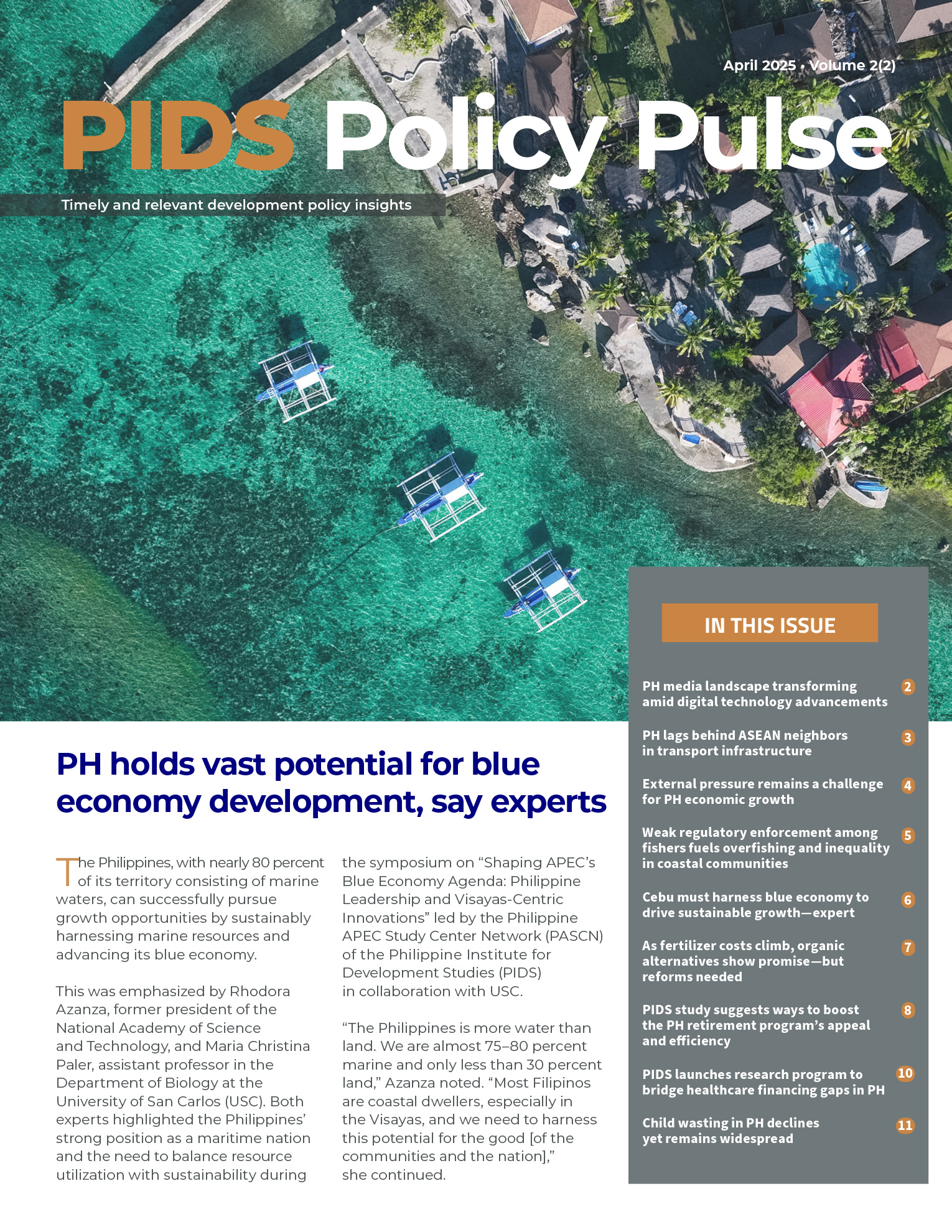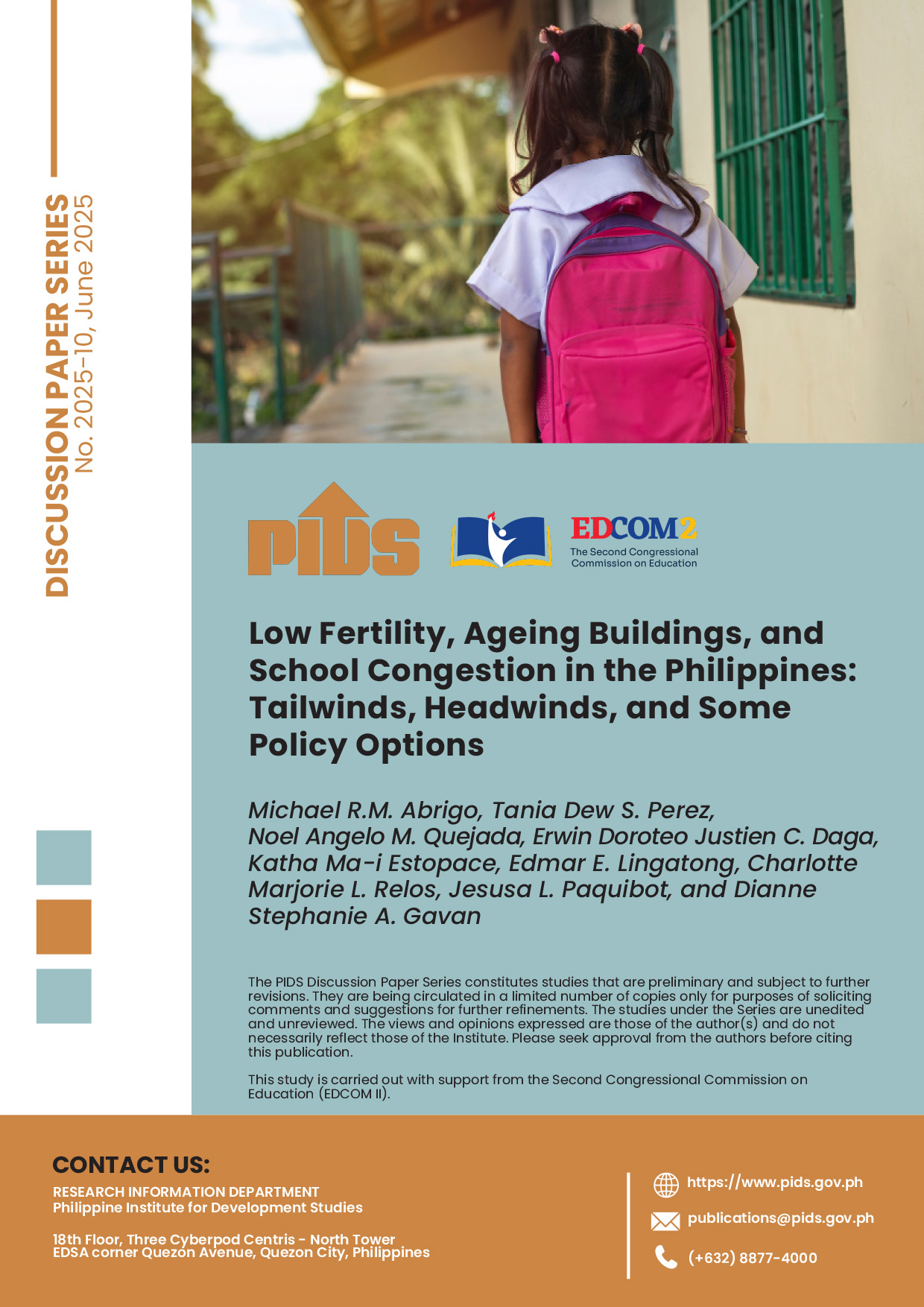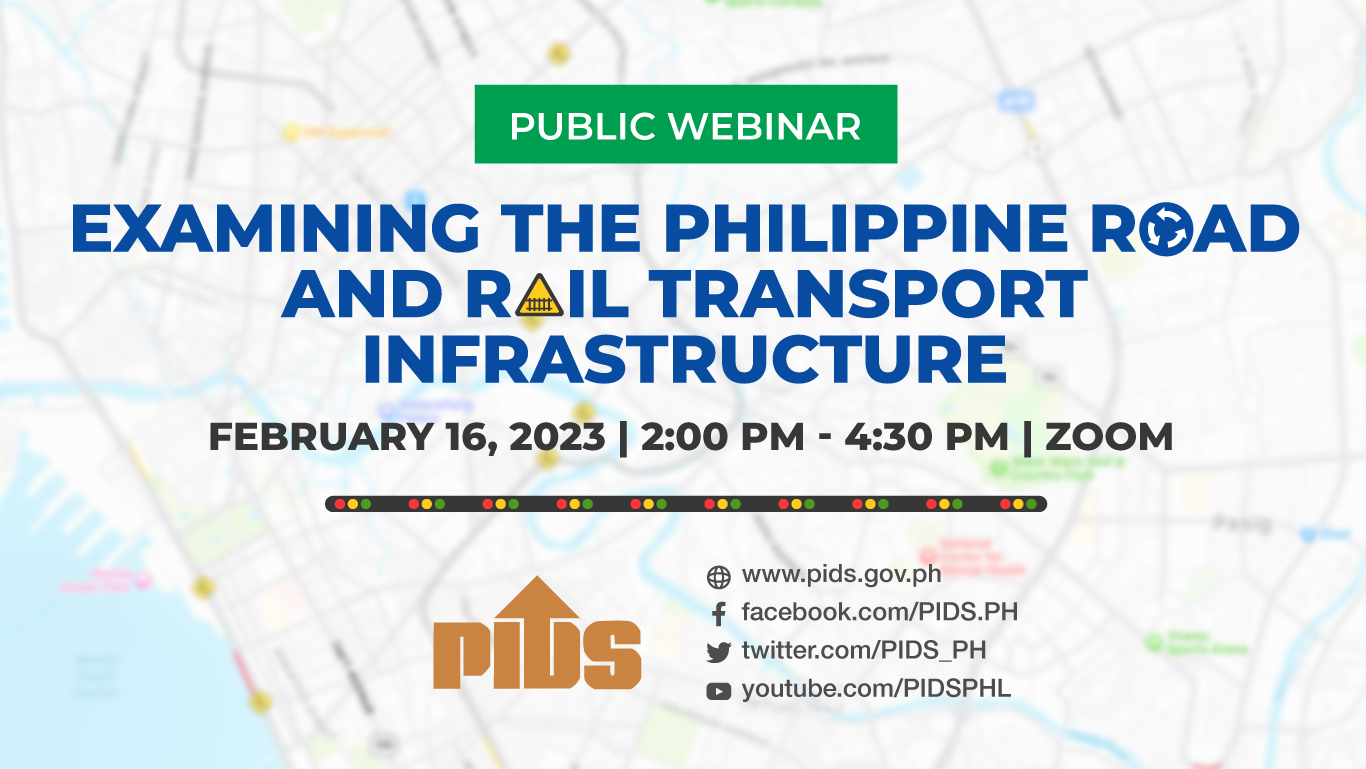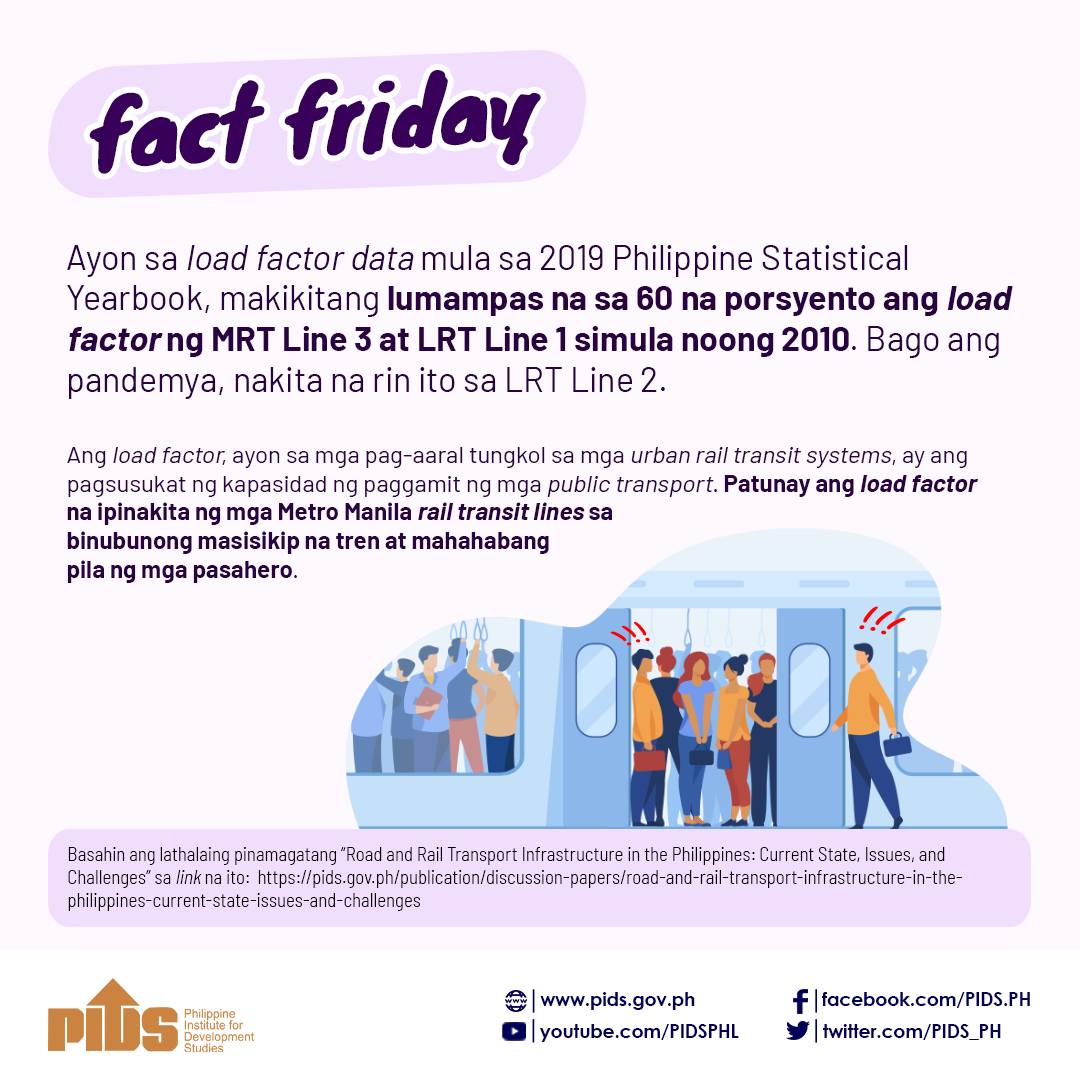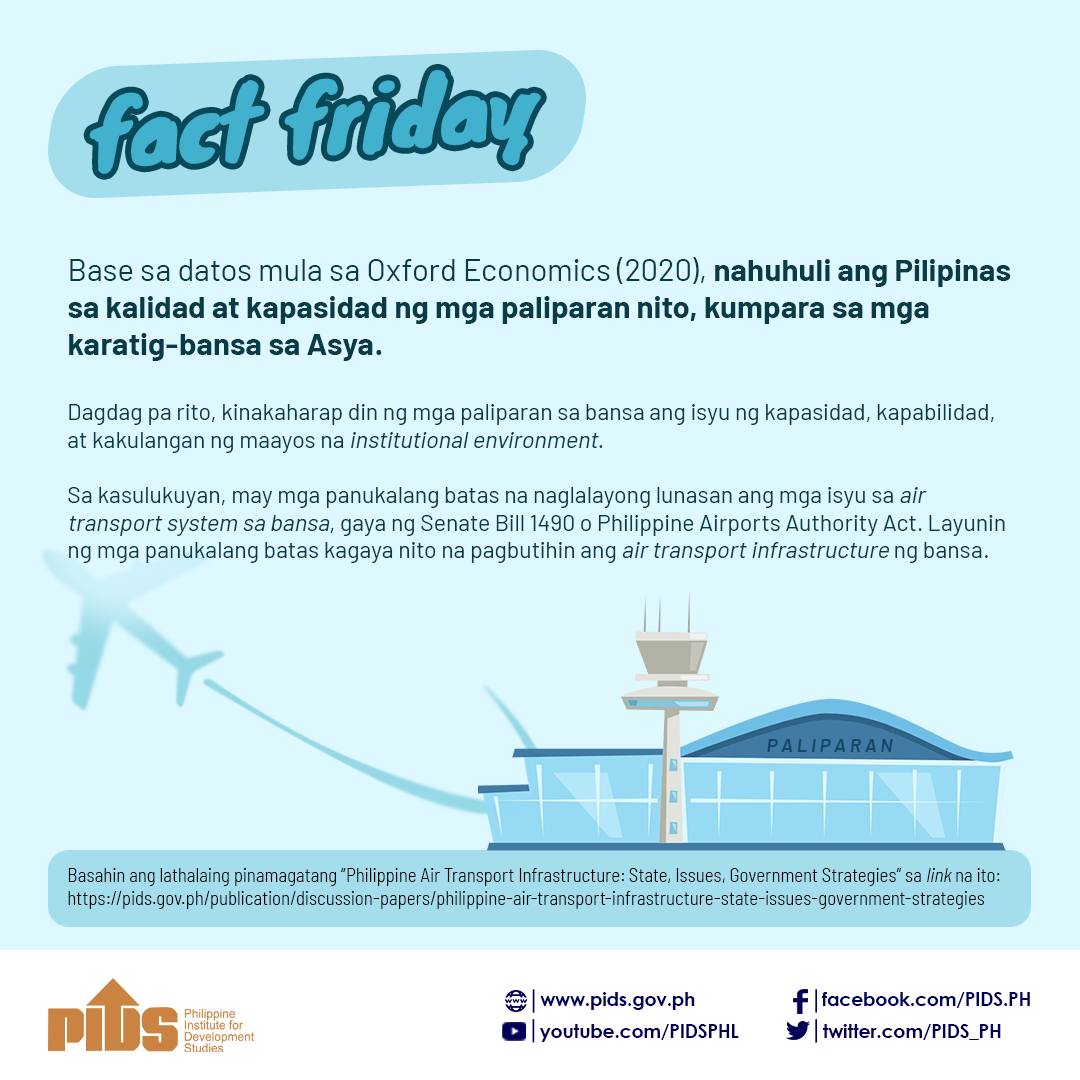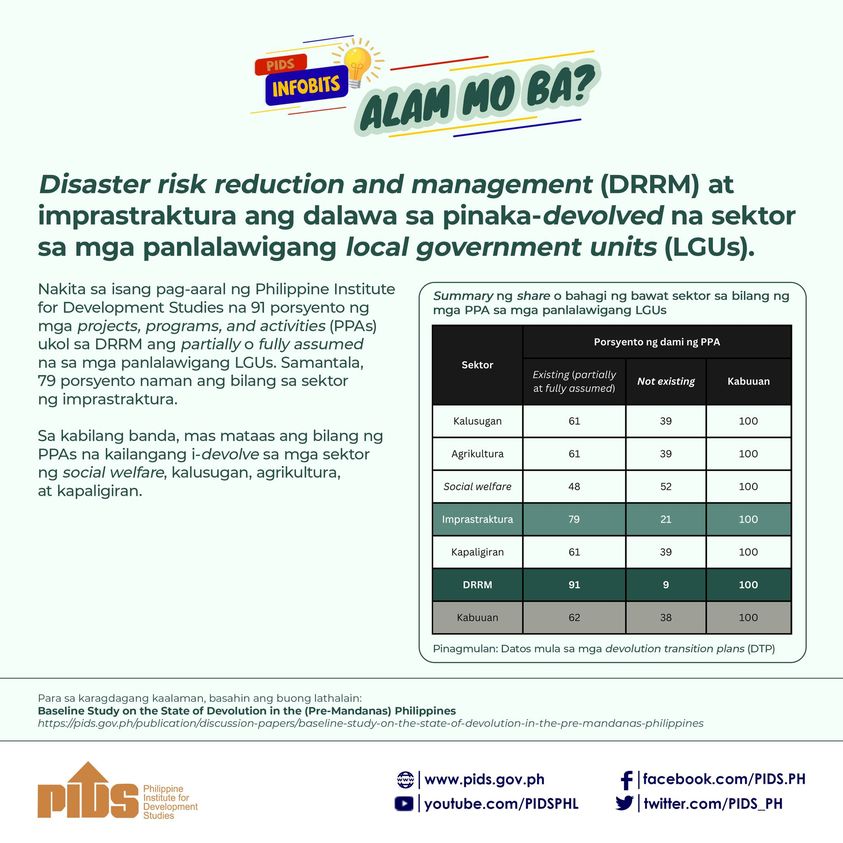The biggest hindrance to Philippine development is the lack of infrastructure. The absence of political will is also stopping the government from setting up a template in building new cities according to a study done by the state think tank Philippine Institute for Development Studies (PIDS).
Research fellow Adoracion Navarro who wrote the study said that the World Bank 2014 report on the country‘s economic picture stated that infrastructure has surpassed corruption as the country‘s foremost development obstacle.
Navarro said the government should adopt a strategic national urbanization blueprint and follow it through strong with strong implementation to ensure that growth will be inclusive.
Her discussion paper titled "Scrutinizing Urbanization Challenges in the Philippines through Infrastructure Lens,” said that the country`s urban planning and implementation is fragmented and lacks complementarity.
Navarro cited a United Nations projection which forecast that the percentage of Filipinos living in urban areas is expected to rise from its current 45.3 percent to 56.3 percent by 2030 and 65.6 percent by 2050.
The problem, cited by the World Bank in their East Asia‘s Changing Urban Land Escape report, is that the rate of increase in urban land area does not match, she said.
By 2010, the World Bank report said 23 million Filipinos were living in urban areas, having grown at a 3.3-percent annual rate from the 17 million by the turn of the millennium, while the land area has only expanded annually at 2.2 percent.
The PIDS research fellow pointed out that for those in Metro Manila who personally deal with poor public infrastructure on a day-to-day basis, it is not surprising that the country has to invest smartly in its physical capital to be able to cope with such economic demand.
Despite having more fiscal room to invest in physical capital, she research pointed out that what stands in the way is a historical lack of political will in the country.
"The national level of urban planning still lacks the level of direction and cohesion that is necessary to sustain and optimize the economic growth already achieved by the country,” she said.
Unaddressed, the problem trickles down and is exacerbated by local government level‘s preference for short-term plans, which lack cohesion and complementarity, she added.
With this, Navarro suggested that a coherent solution is not only found in promoting national coordination, but also in the opportunities and experiences of the country’s regional neighbors.
She points to countries in Association of Southeast Asian Nations (Asean) and China, Japan, and South Korea as examples for alternative solutions.
The PIDS research fellow encourages the country‘s policymakers and decision makers to study how the strategic infrastructure investments of neighboring countries drove the direction and success of their urban developments.
To date, the Philippine ranks 98 out of 144 countries in overall quality of infrastructure, bested by nearly all of its Asean neighbors except Vietnam, Lao PDR, and Myanmar.
In summary, Navarro encourages the Philippine government, from the national to the local level, to participate and commit to strategic national physical planning.
"Leaders must produce a framework that streamlines the implementation of infrastructure development in local governments while bearing in mind an overarching vision that also capitalizes on available local resources,” she said.

